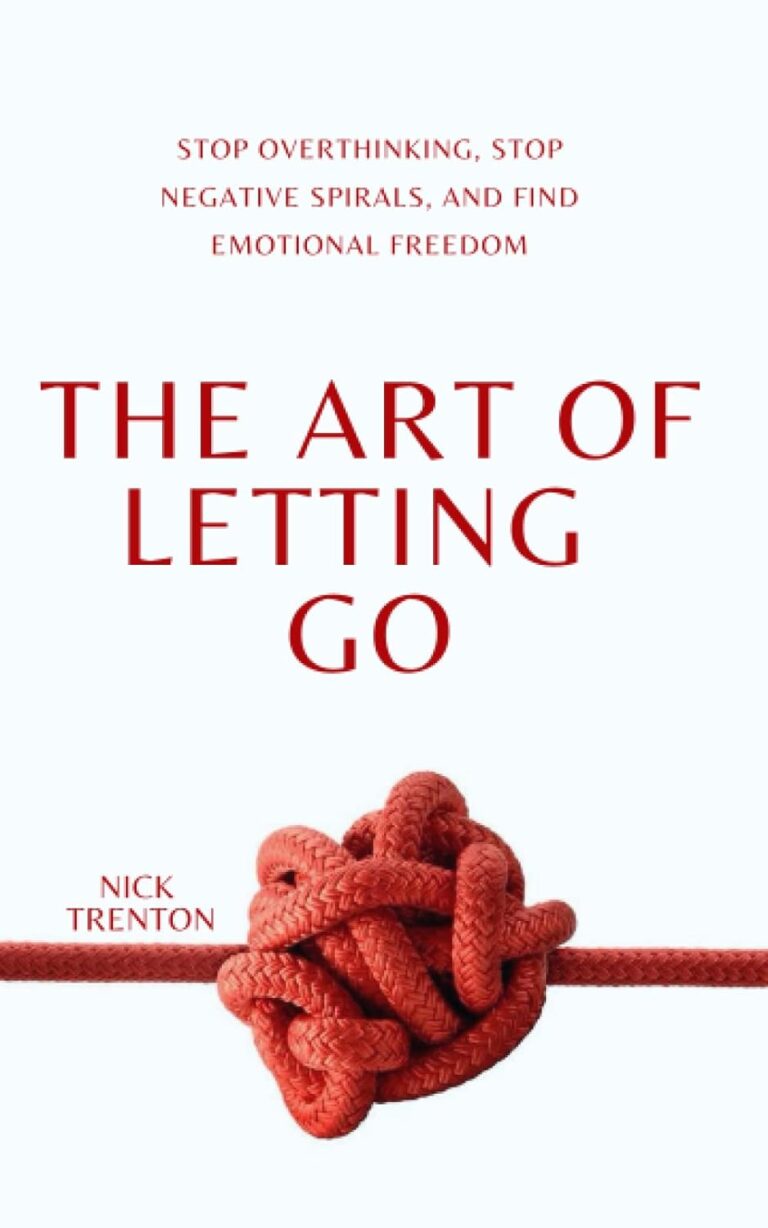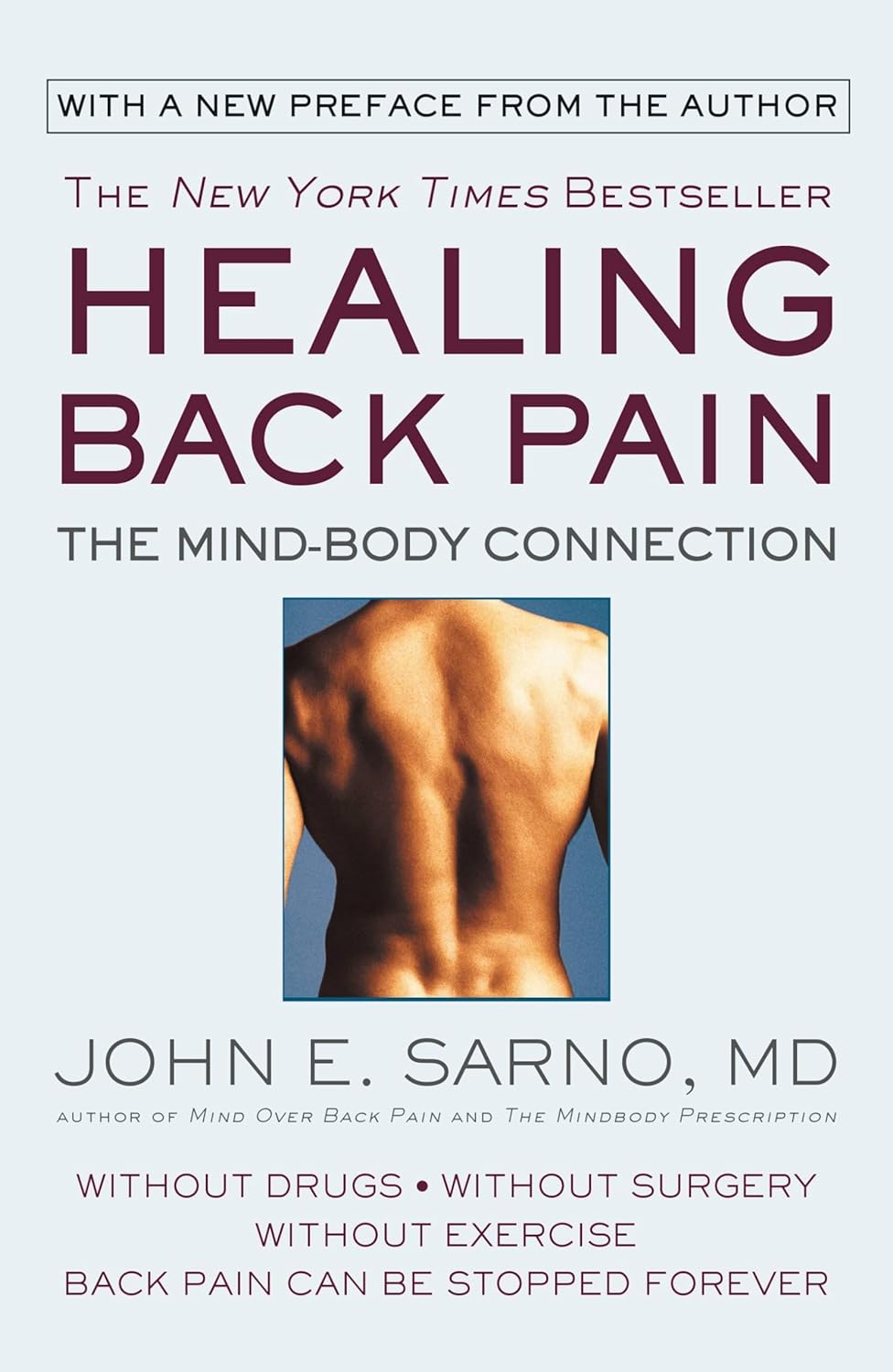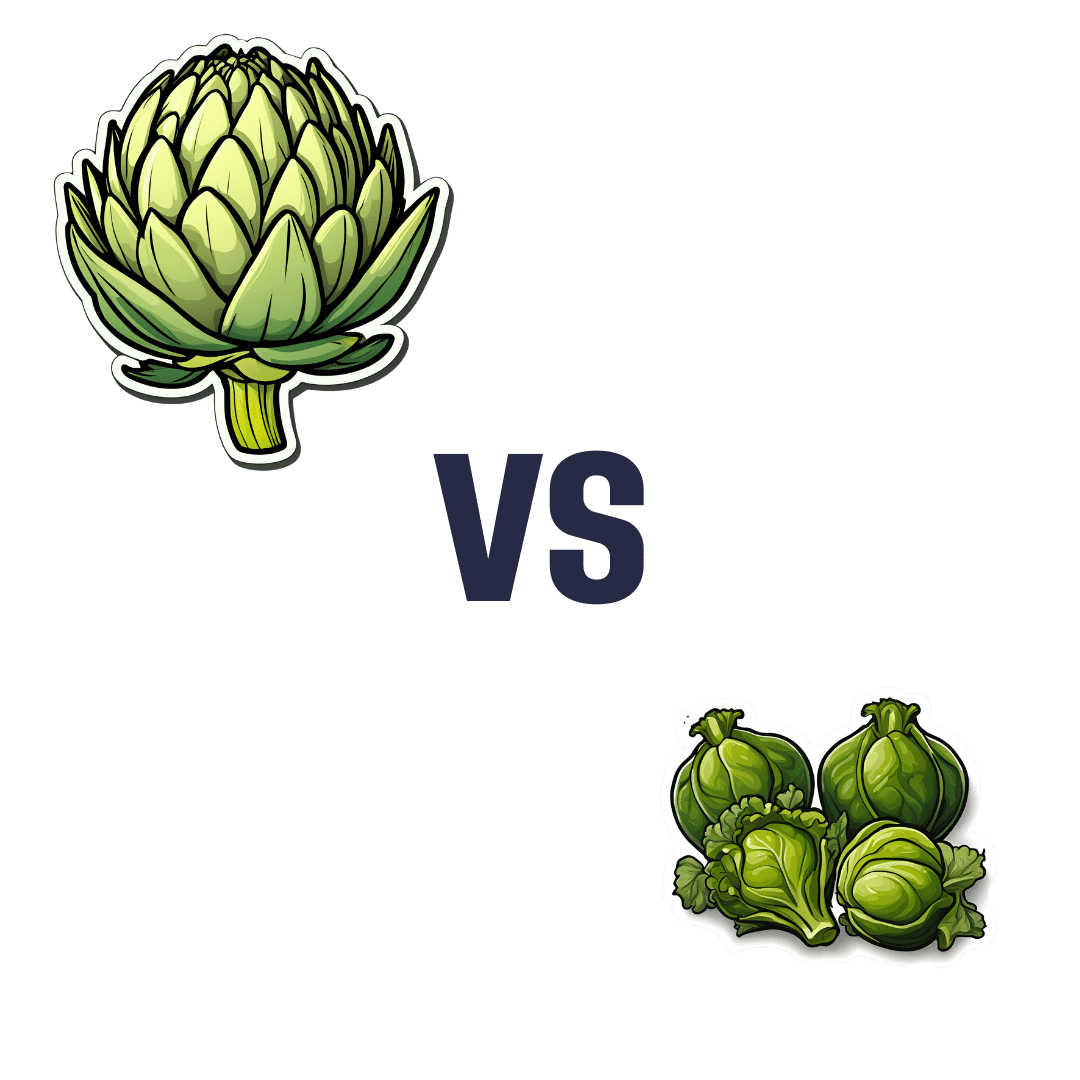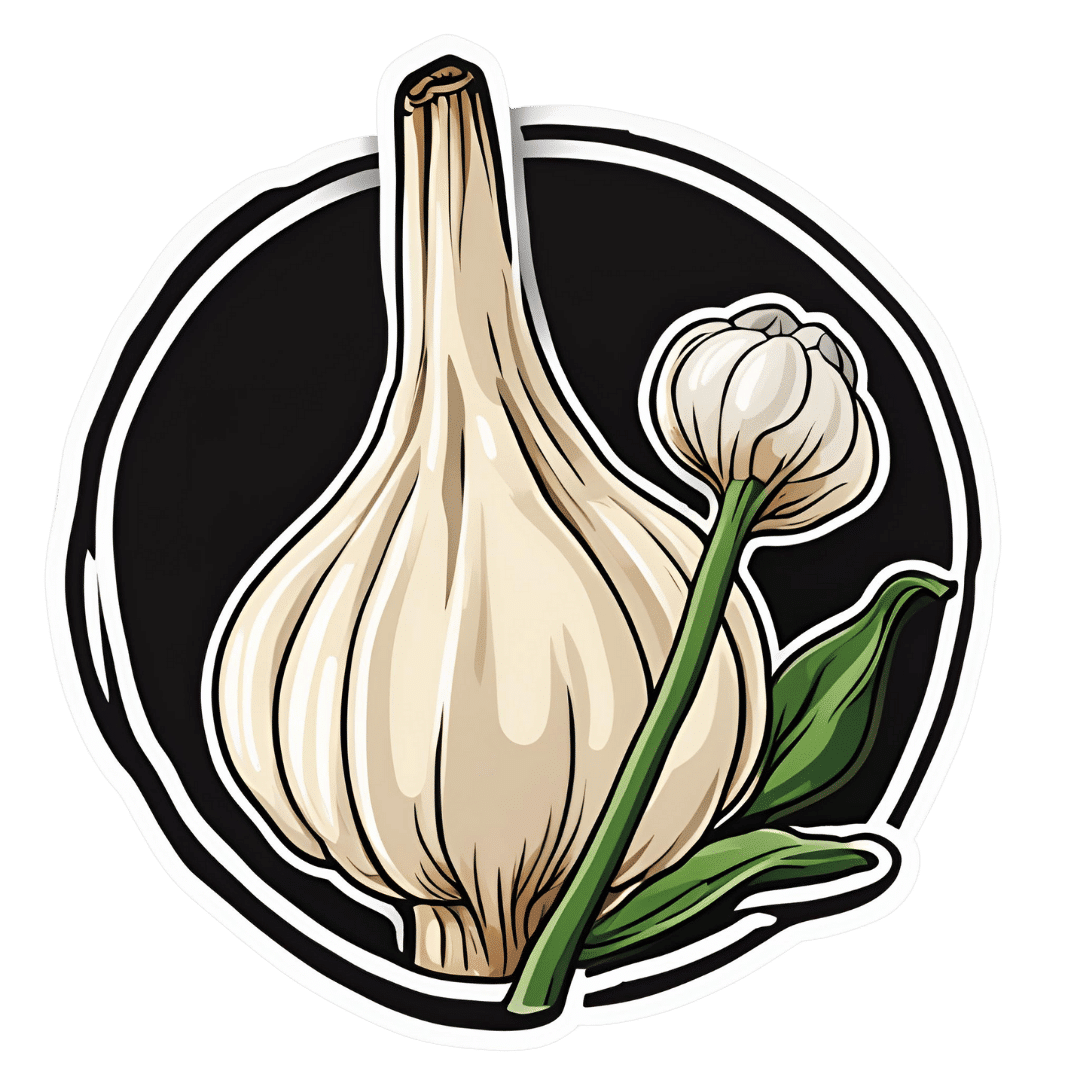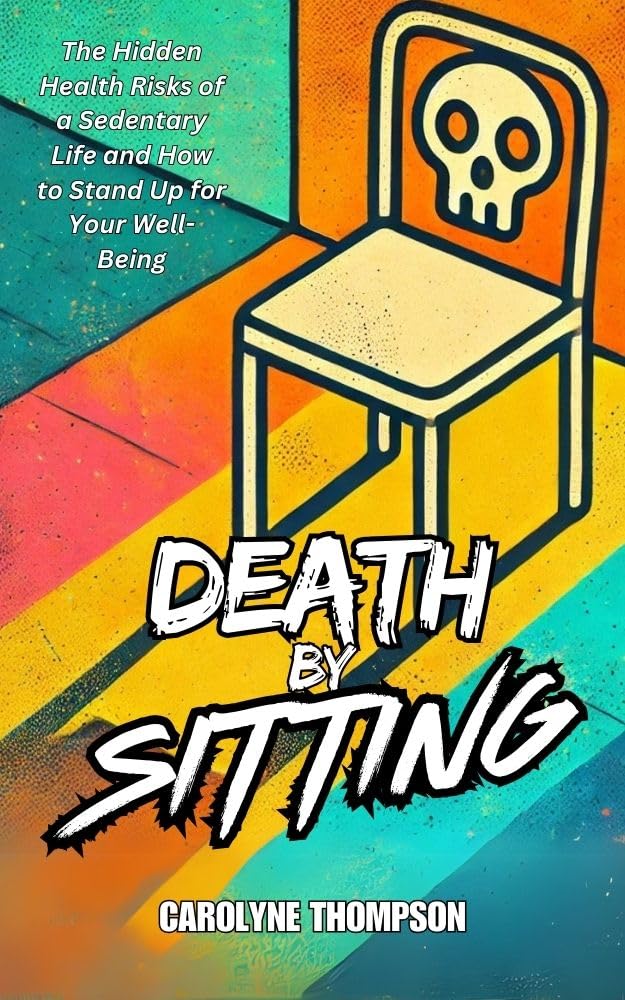
Death by Sitting – by Carolyne Thompson
10almonds is reader-supported. We may, at no cost to you, receive a portion of sales if you purchase a product through a link in this article.
You may be wondering: is this a lot of words to say “sit down less”?
And the answer is: there’s a lot more in here than that. Of course, yes, “sit down less” is an important take-away, but there’s a lot about the specific problems caused by sitting in chairs, the health risks are that are increased and how, and the early warning signs to watch out for.
After these chapters of woe, most of the book is given over to solutions; about taking standing and walking breaks, tying movement to productivity, why exercise alone is not enough to offset the damage of sitting, relearning ergonomic posture in the context of mitigating the harm, psychological shifts to break the habit of sitting, redefining social norms around sitting and socializing, rewiring one’s body and retraining better movements as well as postures to always immediately move out of if one finds oneself in, and much much more.
The style is light and easy to read, while still including scientific research as appropriate along with practical, actionable advice.
Bottom line: if you’d like to do better for your body than slowly killing it for however many hours a day, then this book has a wealth of advice far beyond the obvious (but important!) “sit less”.
Don’t Forget…
Did you arrive here from our newsletter? Don’t forget to return to the email to continue learning!
Recommended
Learn to Age Gracefully
Join the 98k+ American women taking control of their health & aging with our 100% free (and fun!) daily emails:
-
Healing Back Pain – by Dr. John Sarno
10almonds is reader-supported. We may, at no cost to you, receive a portion of sales if you purchase a product through a link in this article.
Often when we review books with titles like this one, we preface it with a “what it’s not: a think-yourself-better book”.
In this case… It is, in fact, a think-yourself-better book. However, its many essay-length rave reviews caught our attention, and upon reading, we can report: its ideas are worth reading.
The focus of this book is on TMS, or “Tension Myoneural Syndrome”, to give it its full name. The author asserts (we cannot comment on the accuracy) that many cases of TMS are misdiagnosed as other things, from sciatica to lupus. When other treatments fail, or are simply not available (no cure for lupus yet, for example) or are unenticing (risky surgeries, for example), he offers an alternative approach.
Dr. Sarno lays out the case for TMS being internally fixable, since our muscles and nerves are all at the command of our brain. Rather than taking a physical-first approach, he takes a psychological-first approach, before building into a more holistic model.
The writing style is… A little dated and salesey and unnecessarily padded, to be honest, but the content makes it worthwhile.
Bottom line: if you have back pain, then the advice of this book, priced not much more than a box of top brand painkillers, seems a very reasonable thing to try.
Click here to check out Healing Back Pain, and see if it works for you!
Share This Post
-
Psychology Sunday: Family Estrangement & How To Fix It
10almonds is reader-supported. We may, at no cost to you, receive a portion of sales if you purchase a product through a link in this article.
Estrangement, And How To Heal It
We’ve written before about how deleterious to the health loneliness and isolation can be, and what things can be done about it. Today, we’re tackling a related but different topic.
We recently had a request to write about…
❝Reconciliation of relationships in particular estrangement mother adult daughter❞
And, this is not only an interesting topic, but a very specific one that affects more people than is commonly realized!
In fact, a recent 800-person study found that more than 43% of people experienced family estrangement of one sort or another, and a more specific study of more than 2,000 mother-child pairs found that more than 11% of mothers were estranged from at least one adult child.
So, if you think of the ten or so houses nearest to you, probably at least one of them contains a parent estranged from at least one adult child. Maybe it’s yours. Either way, we hope this article will give you some pause for thought.
Which way around?
It makes a difference to the usefulness of this article whether any given reader experiencing estrangement is the parent or the adult child. We’re going to assume the reader is the parent. It also makes a difference who did the estranging. That’s usually the adult child.
So, we’re broadly going to write with that expectation.
Why does it happen?
When our kids are small, we as parents hold all the cards. It may not always feel that way, but we do. We control our kids’ environment, we influence their learning, we buy the food they eat and the clothes they wear. If they want to go somewhere, we probably have to take them. We can even set and enforce rules on a whim.
As they grow, so too does their independence, and it can be difficult for us as parents to relinquish control, but we’re going to have to at some point. Assuming we are good parents, we just hope we’ve prepared them well enough for the world.
Once they’ve flown the nest and are living their own adult lives, there’s an element of inversion. They used to be dependent on us; now, not only do they not need us (this is a feature not a bug! If we have been good parents, they will be strong without us, and in all likelihood one day, they’re going to have to be), but also…
We’re more likely to need them, now. Not just in the “oh if we have kids they can look after us when we’re old” sense, but in that their social lives are growing as ours are often shrinking, their family growing, while ours, well, it’s the same family but they’re the gatekeepers to that now.
If we have a good relationship, this goes fine. However, it might only take one big argument, one big transgression, or one “final straw”, when the adult child decides the parent is more trouble than they’re worth.
And, obviously, that’s going to hurt. But it’s pretty much how it pans out, according to studies:
Here be science: Tensions in the Parent and Adult Child Relationship: Links to Solidarity and Ambivalence
How to fix it, step one
First, figure out what went wrong.
Resist any urge to protect your own feelings with a defensive knee-jerk “I don’t know; I was a good, loving parent”. That’s a very natural and reasonable urge and you’re quite possibly correct, but it won’t help you here.
Something pushed them away. And, it will almost certainly have been a push factor from you, not a pull factor from whoever is in their life now. It’s easy to put the blame externally, but that won’t fix anything.
And, be honest with yourself; this isn’t a job interview where we have to present a strength dressed up as a “greatest weakness” for show.
You can start there, though! If you think “I was too loving”, then ok, how did you show that love? Could it have felt stifling to them? Controlling? Were you critical of their decisions?
It doesn’t matter who was right or wrong, or even whether or not their response was reasonable. It matters that you know what pushed them away.
How to fix it, step two
Take responsibility, and apologize. We’re going to assume that your estrangement is such that you can, at least, still get a letter to them, for example. Resist the urge to argue your case.
Here’s a very good format for an apology; please consider using this template:
The 10-step (!) apology that’s so good, you’ll want to make a note of it
You may have to do some soul-searching to find how you will avoid making the same mistake in the future, that you did in the past.
If you feel it’s something you “can’t change”, then you must decide what is more important to you. Only you can make that choice, but you cannot expect them to meet you halfway. They already made their choice. In the category of negotiation, they hold all the cards now.
How to fix it, step three
Now, just wait.
Maybe they will reply, forgiving you. If they do, celebrate!
Just be aware that once you reconnect is not the time to now get around to arguing your case from before. It will never be the time to get around to arguing your case from before. Let it go.
Nor should you try to exact any sort of apology from them for estranging you, or they will at best feel resentful, wonder if they made a mistake in reconnecting, and withdraw.
Instead, just enjoy what you have. Many people don’t get that.
If they reply with anger, maybe it will be a chance to reopen a dialogue. If so, family therapy could be an approach useful for all concerned, if they are willing. Chances are, you all have things that you’d all benefit from talking about in a calm, professional, moderated, neutral environment.
You might also benefit from a book we reviewed previously, “Parent Effectiveness Training”. This may seem like “shutting the stable door after the horse has bolted”, but in fact it’s a very good guide to relationship dynamics in general, and extensively covers relations between parents and adult children.
If they don’t reply, then, you did your part. Take solace in knowing that much.
Some final thoughts:
At the end of the day, as parents, our kids living well is (hopefully) testament to that we prepared them well for life, and sometimes, being a parent is a thankless task.
But, we (hopefully) didn’t become parents for the plaudits, after all.
Share This Post
-
Natto vs Tofu – Which is Healthier?
10almonds is reader-supported. We may, at no cost to you, receive a portion of sales if you purchase a product through a link in this article.
Our Verdict
When comparing nattō to tofu, we picked the nattō.
Why?
In other words, in the comparison of fermented soy to fermented soy, we picked the fermented soy. But the relevant difference here is that nattō is fermented whole soybeans, while tofu is fermented soy milk of which the coagulated curds are then compressed into a block—meaning that the nattō is the one that has “more food per food”.
Looking at the macros, it’s therefore no surprise that nattō has a lot more fiber to go with its higher carb count; it also has slightly more protein. You may be wondering what tofu has more of, and the answer is: water.
In terms of vitamins, nattō has more of vitamins B2, B4, B6, C, E, K, and choline, while tofu has more of vitamins A, B3, and B9. So, a 7:3 win for nattō, even before considering that that vitamin C content of nattō is 65x more than what tofu has.
When it comes to minerals, nattō has more copper, iron, magnesium, manganese, potassium, and zinc, while tofu has more calcium, phosphorus, and selenium. So, a 6:3 win for nattō, and yes, the margins of difference are comparable (being 2–3x more for most of these minerals).
In short, both of these foods are great, but nattō is better.
Want to learn more?
You might like to read:
21% Stronger Bones in a Year at 62? Yes, It’s Possible (No Calcium Supplements Needed!)
Take care!
Share This Post
Related Posts
-
Artichoke vs Brussels Sprouts – Which is Healthier?
10almonds is reader-supported. We may, at no cost to you, receive a portion of sales if you purchase a product through a link in this article.
Our Verdict
When comparing artichoke to Brussels sprouts, we picked the sprouts.
Why?
Finally, a vegetable that beats artichoke—after it previously beat heart-of-palm, asparagus, and even cabbage! It was still close though, which is impressive for artichoke, considering what a nutritional powerhouse Brussels sprouts are:
In terms of macros, the only meaningful difference is that artichoke has slightly more carbs and fiber, so artichoke gets the most marginal of nominal wins in this category.
In the category of vitamins, however, artichoke has more of vitamins B3, B9, and choline, while Brussels sprouts have more of vitamins A, B1, B2, B6, C, E, and K, giving sprouts the clear victory here, especially with much higher margins of difference (e.g. 58x more vitamin A, as well as 7x more vitamin C, and 10x more vitamin K).
When it comes to minerals, artichoke has more copper, magnesium, phosphorus, and zinc, while Brussels sprouts have more iron, manganese, potassium, and selenium, resulting in a 4:4 tie, and the small margins of difference are mostly comparable, with the exception that sprouts have 8x more selenium. So, Brussels sprouts win this category very marginally on that tie-breaker.
Adding up the sections we see that macros and minerals gave a small win each to artichoke and sprouts respectively, while the vitamins category was an overwhelming win for sprouts, so—with this deciding factor in mind—sprouts win the day today.
Want to learn more?
You might like to read:
Sprout Your Seeds, Grains, Beans, Etc
Enjoy!
Don’t Forget…
Did you arrive here from our newsletter? Don’t forget to return to the email to continue learning!
Learn to Age Gracefully
Join the 98k+ American women taking control of their health & aging with our 100% free (and fun!) daily emails:
-
Sunflower Oil vs Canola Oil – Which is Healthier?
10almonds is reader-supported. We may, at no cost to you, receive a portion of sales if you purchase a product through a link in this article.
Our Verdict
When comparing sunflower oil to canola oil, we picked the sunflower oil.
Why?
They’re both terrible! But canola oil is worse. Sunflower oil is marketed as being higher in polyunsaturated fats, which it is, albeit not by much.
Canola oil is very bad for the heart, and sunflower oil is only moderately bad for the heart, to the point that it can be heart-neutral if used sparingly.
As seed oils, they are both sources of vitamin E, but you’d need to drink a cup of oil to get your daily dose, so please just eat some seeds (or nuts, or fruit, or something) instead. It can even be sunflower seeds if you like! Rapeseed* itself (the seed that canola oil is made from) isn’t really sold as a foodstuff, so that one’s less of an option.
*Fun fact: if you’re N. American and wondering what this “rapeseed” is, know that most of the rest of the Anglosphere calls canola oil “rapeseed oil”, as it’s made from rapeseed, which comes from a plant called rape, whose name is unrelated to the crime of the same name, and comes from rāpa, the Latin word for turnip. Anyway, “canola” is a portmanteau of “Canadian” and “Ola” meaning oil, and is a trademark that has made its way into generic use throughout N. America, as a less alarming name.
Back to health matters: while sunflower seeds are healthy in moderation, the ultraprocessed and refined sunflower and canola oils are not.
Canola oil has also been found to be implicated in age-related cognitive decline, whereas sunflower oil has had mixed results in that regard.
In summary
Sunflower oil is relatively, and we stress relatively, healthier than canola oil. Please use a healthier oil than either if you can. Olive oil is good for most things, and if you need something with a higher smoke point (and/or less distinctive flavor), consider avocado oil, which is also very healthy and whose smoke point is even higher than the seed oils we’ve been discussing today.
Want to know more?
Check out:
Avocado Oil vs Olive Oil – Which is Healthier?
Enjoy!
Don’t Forget…
Did you arrive here from our newsletter? Don’t forget to return to the email to continue learning!
Learn to Age Gracefully
Join the 98k+ American women taking control of their health & aging with our 100% free (and fun!) daily emails:
-
What Happens To Your Body When You Eat Raw Garlic Everyday
10almonds is reader-supported. We may, at no cost to you, receive a portion of sales if you purchase a product through a link in this article.
Garlic’s benefits are not all in its most talked-about active compound, allicin (some are in other parts of the garlic), but the allicin is certainly very potent. However, allicin breaks down easily, which means that cooking reduces its value greatly, meaning that for health purposes, it is best consumed raw. Pickled garlic cloves are great, by the way, and you should try them if you haven’t already.
Garlic’s benefits (aside from being delicious)
Benefits that can be expected include:
- Boosts immunity: allicin enhances white blood cell function, helping fight off colds and flu
- Supports heart health: lowers blood pressure, reduces cholesterol, and prevents blood clots, reducing the risk of heart disease and stroke
- Anti-cancer properties: it contains sulfur compounds that may inhibit cancer cell growth, particularly in the digestive system
- Improves digestion: stimulates digestive enzymes and promotes gut health, helping with better nutrient absorption and digestion
- Enhances brain function: antioxidants in garlic are neuroprotective, reducing cognitive decline
- Good for your skin: its antibacterial and anti-inflammatory properties can help improve skin health
- Regulates blood sugar levels: helps regulate blood sugar and improves insulin sensitivity
- Anti-inflammatory effects: contains compounds that reduce inflammation, helping to combat inflammatory diseases such as arthritis
- Supports weight loss: stimulates metabolism, suppresses appetite, and helps break down fats, aiding in weight management
- May protect against osteoporosis: increases estrogen levels in women, potentially reducing the risk of osteoporosis (no effect on estrogen levels if you don’t have ovaries)
The daily dose that this video recommends is 1–2 cloves of garlic or 3600mg of aged garlic extract as a supplement.
For more on all of these, enjoy:
Click Here If The Embedded Video Doesn’t Load Automatically!
Want to learn more?
You might also like to read:
The Many Health Benefits Of Garlic
Take care!
Don’t Forget…
Did you arrive here from our newsletter? Don’t forget to return to the email to continue learning!
Learn to Age Gracefully
Join the 98k+ American women taking control of their health & aging with our 100% free (and fun!) daily emails:

